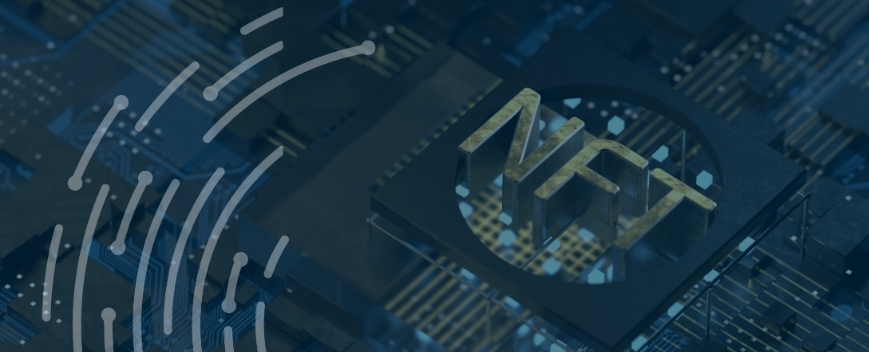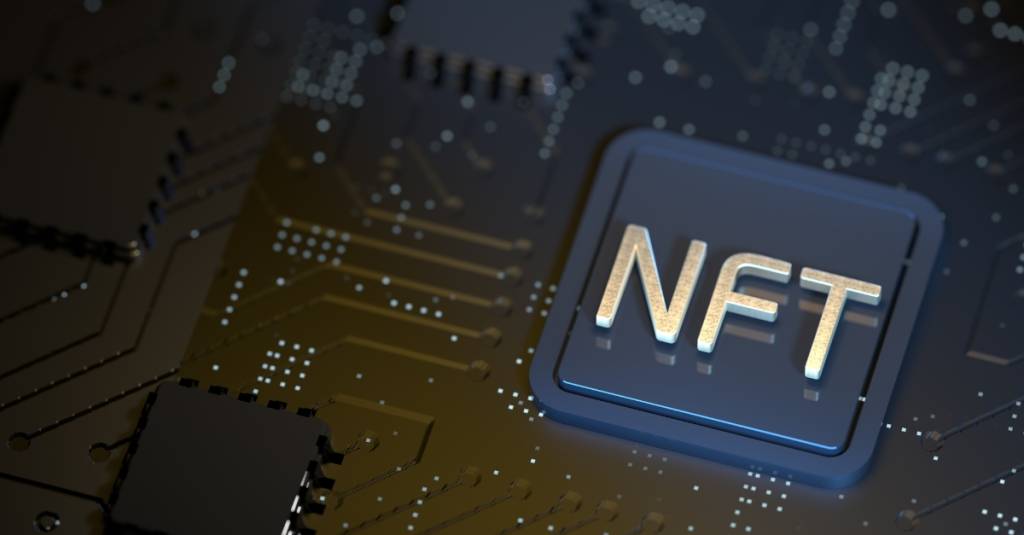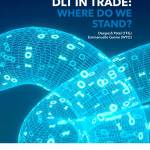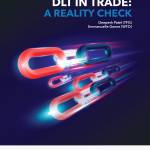How NFTs might play a role in international trade

Contents
Non-fungible what now?
If you poke your nose around the blockchain space you have almost certainly heard a lot about these things called NFTs, or non-fungible tokens.
What is a non-fungible token?
According to the Ethereum website:
“NFTs are tokens that we can use to represent ownership of unique items. They let us tokenise things like art, collectables, and even real estate. They can only have one official owner at a time and they’re secured by the Ethereum blockchain – no one can modify the record of ownership or copy/paste a new NFT into existence.”
Let’s break this definition down a little bit, but first, we will take a quick look at what the terms fungible and non-fungible mean.
Fungible and non-fungible assets.
Non-fungible is a term used in economics to describe an item that is defined by its unique properties. This definition of the item means that it is not interchangeable.
A car would be an example of a non-fungible asset.
The unique properties of one specific car make it inherently different from any other physical car.
Most of the things in your house would also be examples of non-fungible assets. Think of things like your computer, watch, pants, or mattress. These are all things that are defined by their unique characteristics.
The concept of a non-fungible asset becomes clearer when you compare it to a fungible asset.
Fungible assets, by contrast, are defined by their value.
The $20 bill in my wallet is fungible.
Whether I have this exact $20 bill or another physical bill makes no practical difference since the bill is defined by its value rather than its unique properties (which in the case of a $20 bill could be how crinkled it is).
Other examples of fungible goods include commodities like grain or common shares in a company.

NFTs
A non-fungible token, then, is a cryptographically secure way of representing a unique asset. Once the asset, whatever it may be, is tokenised it cannot itself be modified.
Additionally, there exists a cryptographically verifiable means of determining the owner of the asset.
But what do these tokens represent? Well, really it could be anything.
Given the digital nature of blockchains, assets that exist in a purely digital form are the easiest to tokenise on-chain.
Think of files such as a .jpg file containing a piece of art, an .mp3 file containing a song, or even a .pdf file containing a written document.
The creator of a digital file can tokenise it on a blockchain, creating a non-fungible token in the process.
This tokenised entity can then be bought and sold in the same way that any tangible non-fungible asset, such as a painting, is in the physical world.
One of the first ‘mainstream’ practical applications for NFTs was in the digital content industry.
NFTs in the digital content industry
One of the earliest practical uses of NFTs was in the digital content realm.
This is because, according to many experts, that industry was broken, with the profits and earning potential of content creators swallowed by platforms they use to share their work.
Take, for example, a photographer who shares their work on Instagram.
The artist’s content makes Instagram money since the company uses its platform to sell ads to the artist’s followers.
While the artist may receive exposure for their work, more often than not through these platforms they are simply excluded from any monetary benefit.
In the world of NFTs however, the creator of the content does not have to hand ownership of their work over to a centralised platform for publication.
Instead, ownership of the content is baked into the content itself, giving the creator much more autonomy over their own work.
NFTs in other industries
NFTs are a new phenomenon and still currently exist on the fringes, making headlines, in part, due to the inability of the masses to fully wrap their heads around the idea that an intangible image file could sell for $69 million.
While much of the early hype for NFT – which followed Beeple’s headline-grabbing sale of The First 5000 Days for $69.3 million in March 2021 – can likely be attributed to a bubble of inflated expectations and speculative trading, there is real value to the technology in many industries.
Non-fungible tokens could be applied in any instance where ownership and possession of an asset are not inextricably intertwined.
Think about the deed to a house or the ownership documents for a car.
These documents were designed as a means of verifying ownership in a pre-blockchain world.
While they serve their purpose, they are often considered to be inefficient and create a reliance on a centralised entity to verify their authenticity.
A properly designed NFT could be used to represent a physical car – and subsequently its legal owner – in the same way that an ownership document at the ministry of transportation does today.
NFTs and trade finance?
In trade finance, there are also many examples of real-life assets and processes that could be represented or streamlined with non-fungible tokens.
Think of a traditional shipment in global trade where the consignee must present a bill of lading to the shipper in order to take legal possession of the goods.
The bill of lading in this instance, through the verifiable processes that have been put in place in the industry, serves to indicate that the consignee does in fact own the goods and that the shipper can transfer physical possession to them.
Tokenisation of this bill of lading, or even the shipment itself, would allow this same ownership to be verified in a decentralised manner.
Of course, this is a very simplified and high-level glance at one possible application of these tokens in international trade, and it leaves many details and nuances up to the imagination.
However, it does provide a taste of what might be to come in the industry down the road.
There are many companies in the TradeTech space currently exploring the use of tokenisation and digital documents for trade transactions.
Publishing Partners
- Blockchain & DLT Resources
- Cryptocurrency Resources
- All Topics
- Podcasts
- Videos
- Resources
- Conferences
















